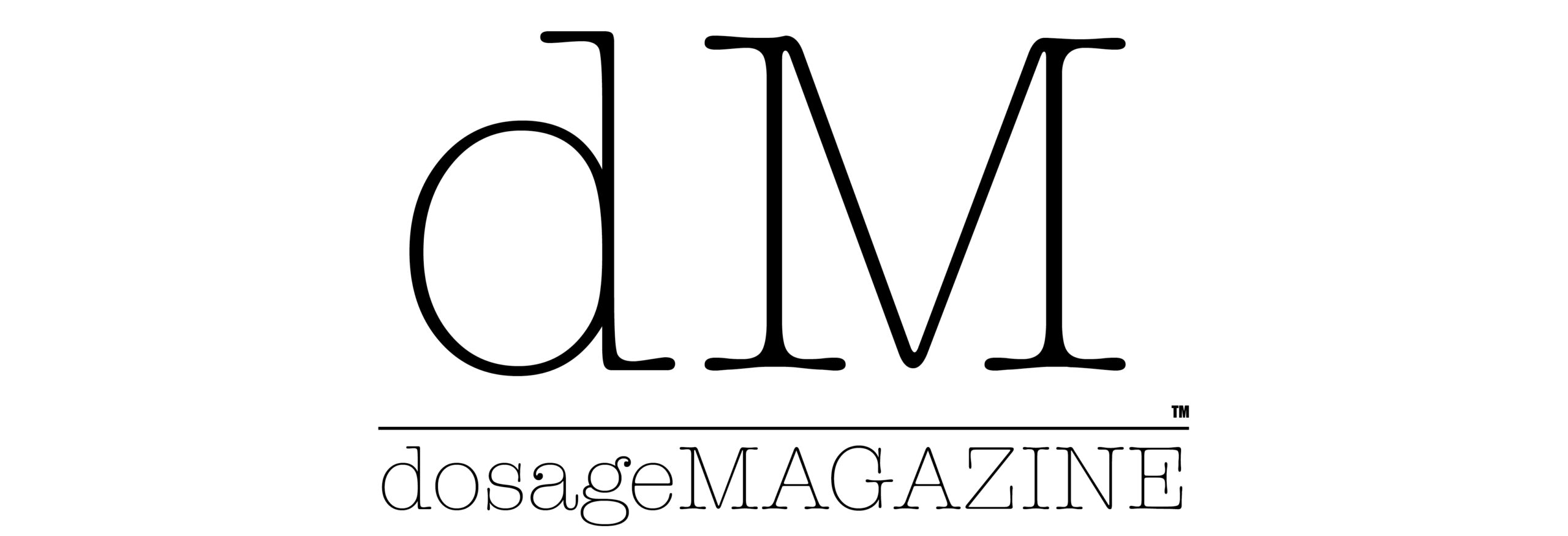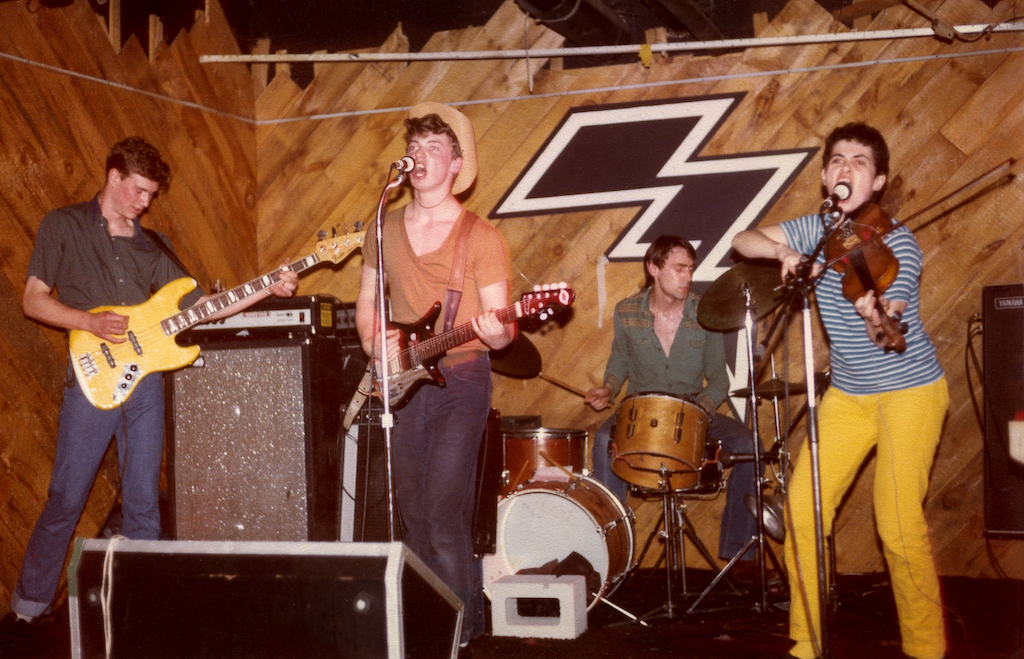West Philadelphia artist, Margie Politzer, reflects on her time in the punk rock avatars Vitamin.
In the good old, bad old days of pre-80’s No Wave and skronky Art Punk, West Philadelphia habitue, artist, cat enthusiast, photographer and violinist Margie Politzer was Boston-bound and ready via Vitamin, a long lost band in the annals of punk.
Steered initially by Jason Shapiro and Mike McGlinchey, Vitamin got a much needed Velvet Underground-like heft courtesy Politzer’s mad violin antics and call-and response vocals on a too-fleeting few recordings produced by Mission of Burma’s Roger Miller. Vitamin – Recordings 1981 released next week, courtesy Philadelphia’s Don Giovanni Records is the entirety of Vitamin’s output, one that slid away when Shapiro and McGlinchey became enthralled with hardcore punk. And, well, Politzer didn’t.
dosage MAGAZINE and I caught up with Politzer while holed up in Mexico, her usual winter retreat, to discuss all things Vitamin, her beloved avant-punk act The Girls, and all things Margie.
A.D. Amorosi: As someone who has been writing about the earliest No Wave and Art Punk scenes, it’s fascinating to gather that your roots, I believe, were in an older school. John Cale’s work as part of the Velvet Underground and I’m guessing his more vicious solo albums such as Fear. What was attractive about that sound, and how classicist violin or viola could be used in a new setting?
Margie Politzer: I played violin in grade school through junior high. I had limitations as a player, and really wasn’t very interested in classical music. I liked playing violin, but visual art was always my primary interest. I left NYC in 1972 when I attended college, first at Clark University in Worcester, MA. Then transferred to Rhode Island School of Design (RISD) in Providence, RI in 1974, where the Talking Heads had left a few months earlier. It was at RISD that I took up violin again because I missed playing the instrument. I first played along to rock and blues records, played jazz standards with my jazz pianist housemate, and the occasional Bela Bartok. Then, my neighbor and friend started a rock band, inspired by the new stirrings. I joined on violin for songs like the Velvet Underground’s “Heroin” and the Animals’ “We Gotta Get Out of This Place.” I was becoming more aware of the music scene in NYC through my subscription to the Village Voice. At the end of 1975, I purchased Patti Smith’s newly released “Horses” and saw the Talking Heads at a club called Mother’s in Manhattan. I visited NYC regularly where I started checking out the bands. It was nice being able to visit my mother in Queens and go out to see bands in Manhattan at the same time. As for John Cale, I was inspired by his playing with Velvet Underground because he wasn’t interested in showing off his chops or virtuosity, which I think a lot of violinists and violists do. He was more into creating an individualistic sound or atmosphere. I was interested in the different sounds that could be drawn out of the instrument. I didn’t really want it to sound like a violin. John Cale led me to ways how to do that in a rock context. “Black Angel’s Death Song” was especially inspiring to me. An equally important influence on my playing was the free jazz violinist Leroy Jenkins, then of the Revolutionary Ensemble. He was an unconventional player who had a unique voice. I wanted to find my own individual voice, and Leroy Jenkins showed how that could be done.
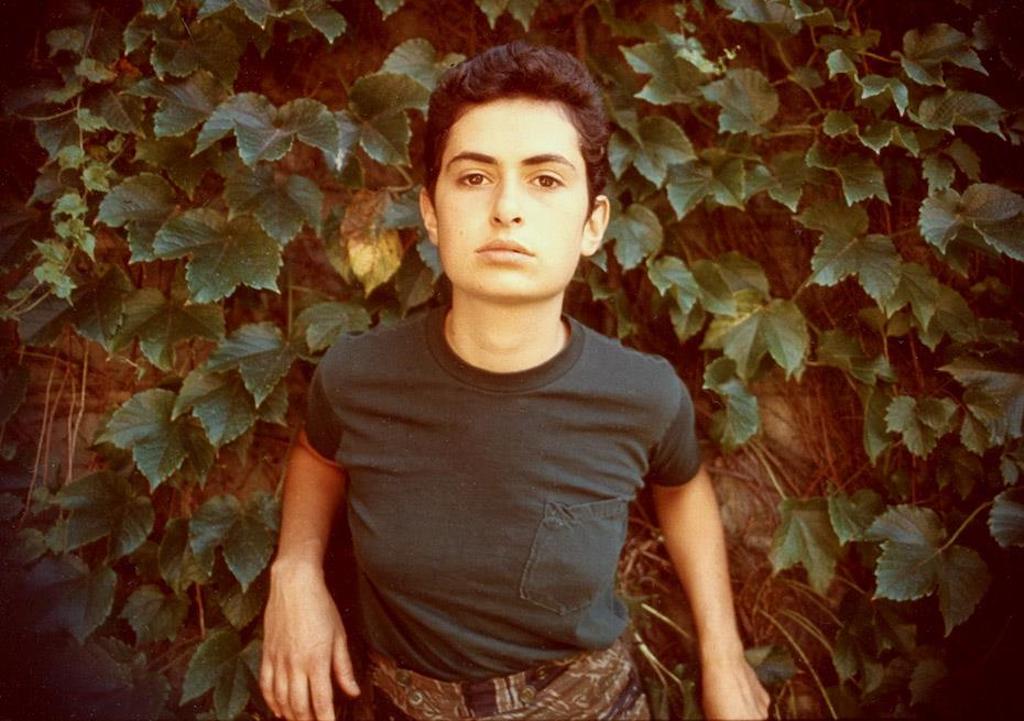
A.D. Amorosi: I remember The Girls’ 7-inch singles, and the band being part of the Pere Ubu circle. That seemed to fizzle out pretty quickly, as most stuff did then, sure… This is what, right after you left NYC for Boston?
Margie Politzer: I moved to Boston from Providence in June, 1977. I met Mark Dagley of the Girls at the Rat through a RISD connection that September. I jammed with them and joined for a short while. Only playing one gig and appearing in a video. I was very excited by the Girls’ music and approach and had fun with it for a while.
A.D. Amorosi: How did you hook up with Jason Shapiro and Mike McGlinchey for Vitamin? What was their pitch or approach, and what did you dig about it? About them?
Margie Politzer: After I left the Girls, I played occasional improvisational gigs with Steve Stain, but wasn’t interested in joining another band, wanting to concentrate on photography and visual art. I saw Vitamin play at Massachusetts College of Art in the spring of 1980 and was impressed by their creativity. They asked me to jam with them, having seen me play with Steve Stain. Jason was 14 then, self-taught, truly talented and original. Playing with Jason and Mike was so much fun. And they inspired me to find my voice as a musician. I couldn’t say no to joining them.
A.D. Amorosi: I honestly do not know this… Was songwriting, as such, a democratic approach? Done by one? Or purely improvisational?
Margie Politzer: Different songs came about in different ways. Sometimes Jason had lyrics we worked with. Sometimes we jammed and came up with something that Jason made up lyrics for. It’s hard to remember the actual mechanics at this point, but that is how I remember it.
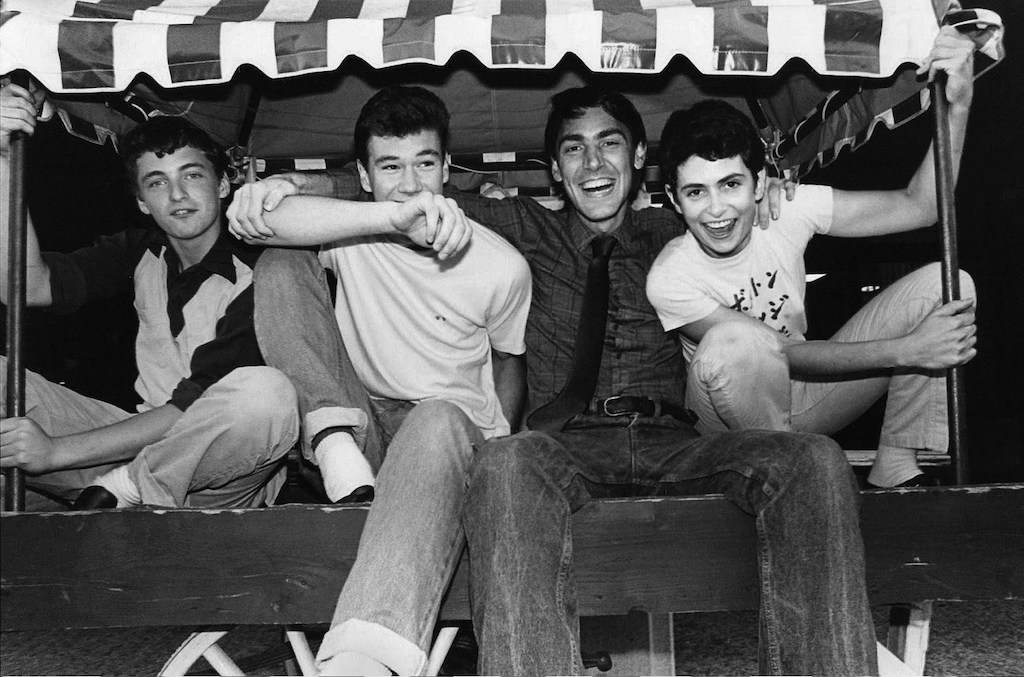
A.D. Amorosi: It is interesting to note that Shapiro is something of a guitar god or prodigy and here is – as are and were you, a trained violinist – tackling this primal, angular ethos. What was the challenge of Vitamin?
Margie Politzer: Vitamin didn’t feel like a challenge. We got together to create music and have fun while doing it.
A.D. Amorosi: Did you feel any kinship with the No Wave/Art Punk likes of Lydia Lunch’s various ensembles, Arto Lindsay’s various ensembles, The Contortions or any of the guitar army coming out of the school of Glenn Blanca at the time of Vitamin?
Margie Politzer: Sometime in 1978, I was in NYC with my then-boyfriend. We were in the village and saw a poster on a pole for a gig for that evening by a band neither of us had heard of. The poster had an intriguing minimalist and artistic aesthetic. We decided to go check it out. It was DNA playing one of Max’s Kansas City’s Sunday No Wave nights. I believe it was DNA’s second gig. They mostly used Mars’ equipment, who were present. I felt DNA did something personal and original and felt a kinship. After that, I saw Mars, Theoretical Girls, the Contortions, who actually played Boston once, The Static, and other less well-known bands. Mars was my favorite. I remember a Vitamin practice, circa 1980, where we were just starting and Jason was still fiddling with his equipment. Mike started playing the bass line from Mars’ Helen Fordsdale from the No New York album. I jumped in, playing the vocal line on violin. Jason looked up and said, “That sounds good! Let’s work on that!” Mike and I looked at each other knowingly. I said, “It’s a cover.” Jason said, “Whaaat?”
A.D. Amorosi: Why did Vitamin break up? Why did you leave Vitamin?
Margie Politzer: I left Vitamin in the fall of 1981 because Jason and Mike were getting more influenced by hardcore, which had exploded in Boston. Jason’s lyrics went from those like “Mommy, oh mommy, please don’t put me up for adoption” to “She’s a whore, she wants to score.” It was time for me to leave. Vitamin, sometimes using “Vitamen”, continued on as a threesome until 1983.
A.D. Amorosi: What do you recall, as much as you wish to say, about the tracks that fill Recordings 1981? Which were the most rigorous? What was your mindset?
Margie Politzer: Recordings 1981 includes four studio tracks that were produced by Roger Miller of Mission of Burma. He was and is a big advocate for us. It was the first time for most of us in a studio, so it was a learning experience. The rest of the tracks were live, some from The Underground, some from The Rat.
A.D. Amorosi: What did you know of the Don Giovanni label getting hold of these tapes, and were you, are you surprised to know that there is an audience hungering to hear such underappreciated archival stuff?
Margie Politzer: I shared the digitized and remastered tracks with Joe Steinhardt of Don Giovanni, who was introduced to me by my friend and ex-neighbor Tobias Jeg of Red Scare Records. Don Giovanni was the third record label to start the process of releasing this material. I am very surprised to discover there is such an audience eager to hear this type of music. Especially among those in their 20s and 30s. I wasn’t interested in music of the 1930s or 40s when I was that age! I wonder if there would have been such an interest 10 or 20 years ago. And whether the time just happens to be right.
A.D. Amorosi: Why did you move to West Philly, and beyond crafting visual art? Are there sites where we can see or buy, etc? What is it that you do?
Margie Politzer: I got tired of Boston for various reasons. I chose to move to Philadelphia through the process of elimination. I wanted a sizable city in or near the Northeast that wasn’t New York. Not a place to live for me. And that didn’t have as brutal winters as Boston. A friend from Philly, who had moved to NYC, thought I would like it. I looked at various neighborhoods. West Philly looked right to me, and it was. I’ve been here 37 years now. In Boston, after I left Vitamin, I started exploring photography again. And continued that in Philadelphia where I considered a professional career. I did some newspaper photography for the South Philly Review and its siblings, shot some events, and assisted in a photo studio. I decided that route wasn’t for me. Then I learned about stock photography and got the travel bug. I found a side-career in travel stock photography after graphic design, which was my mainstay. My people-centered travel photos can be found at www.mpolitzer.com. I gave up both the traveling around and photography a few years ago. Now I spend winters in Mexico, where I am right now. One more week to go. I always thought I would return to painting when I retired, and I did! I have been doing abstract watercolors, which I am not ready to share with the world. Really, I am doing them for myself. I am also involved with the cat welfare and rescue group Project MEOW, based in West Philly.
A.D. Amorosi: It seems as if after The Girls and Vitamin, you disappear from music credits? Was Vitamin the end of your musical run, and if so, why so?
Margie Politzer: I did a few one-off projects after I left Vitamin like a soundtrack for a short film and a few performances with friends, but Vitamin was essentially the end. Playing in bands was a diversion for me from visual art. I couldn’t pass it up at the time as I got swept up in the excitement of the music explosion. After Vitamin, I was ready to direct my energy back to visual art, specifically photography at the time.
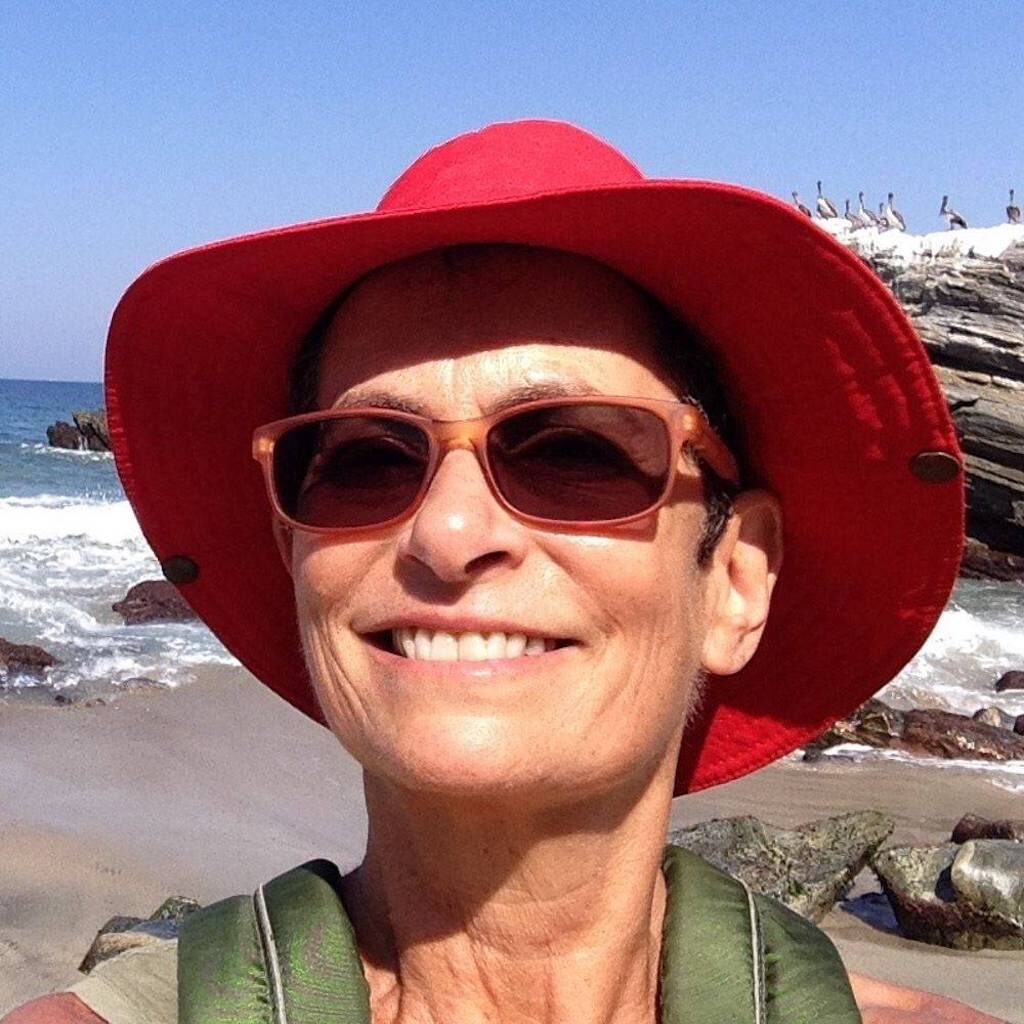
A.D. Amorosi: So 40 years after the fact of Vitamin, how does Recordings 1981 sound? Feel?
Margie Politzer: It still sounds original and rather unique to me. I feel very fortunate to have been part of Vitamin.
